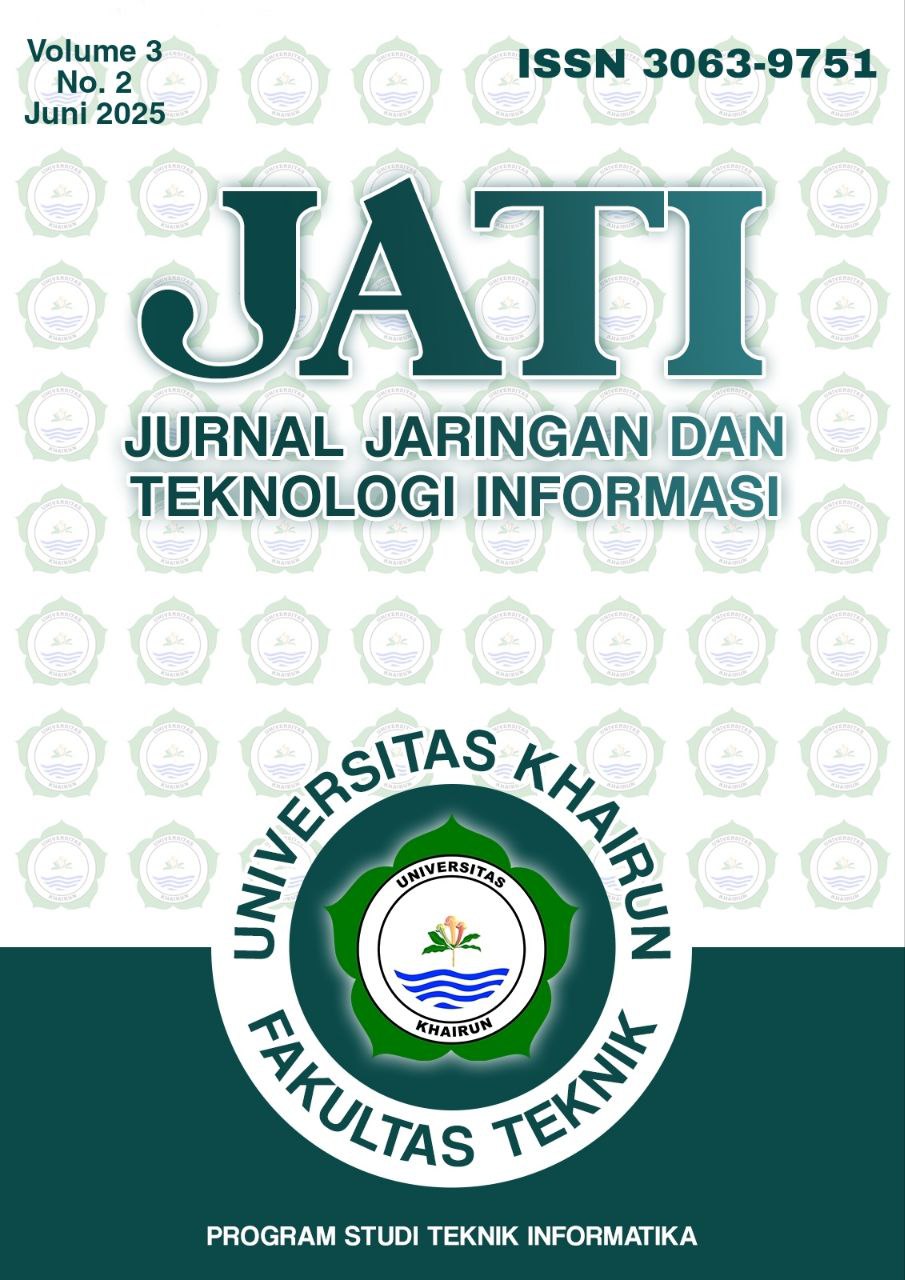ANALYSIS OF FACTORS ON THE USE OF FACEBOOK INTERNET ADVERTISING (ADS) IN MSMEs IN THE CITY OF TERNATE USING THE TECHNOLOGY ACCEPTANCE MODEL METHOD
Keywords:
UMKM, Facebook ADS, Technology Acceptance ModelAbstract
Micro, Small and Medium Enterprises (MSMEs) in an effort to promote or advertise their processed products or products. MSME actors who make efforts to promote and market their products through socialmedia using internet advertising features. However, it is considered not optimal, so the authors see this as a problem that will later be faced by MSME actors in the city of Ternate. So the researchers conducted a study entitled Analysis of Factors - Factors of Use of Internet Advertising (ADS) on Facebook, on MSMEs in Ternate City using the Technology Acceptance Model (TAM) method. TAM is a model developed by Davis (1986) to explain the acceptance of technology that will be used by technology users. In formulating TAM, Davis uses Theory of Reasoned Action (TRA) as a basis for upholding his theory. Based on perceived usefulness, it has a significant value of 0.000 smaller in the coefficient table with a value (significant degree) of 0.05 meaning 0.000
> 0.05, so from this Ho1 is rejected and Ha1 is accepted, which means that the influence of perceived usefulness has a significant effect on behavioral interest. That what is obtained is a variable consisting of Perceived Usefulness (PU), Attitude Usefulness (ATU), Perceived Ease of Use (PEOU), Subjective Norm (SN), SelfEfficacy (SE) it can be concluded that it has a significant effect on behavioral interest variable Behavioral Intention to Use (BIU) which means accepted because it meets the basis for decision making.
References
Habib Firmansyah. Internet Sebagai saranaKomunikasi Internasional. Diakses pada 31Januari 2022 di https://www.kompasiana.co- com/habibfirmansyh/5c21846e6ddcae695f 3360cd/internet-sebagai--komunikasi- internasional?page=all
Jefkins, Frank, 1997, Periklanan.Erlangga, Jakarta.
Awaliyah, C., Dewi, D. A., & Furnamasari,
Y. F. (2021). Media Sosial Mempengaruhi Integrasi Bangsa. Jurnal Pendidikan Tambusai, 5(3), 7868-7874
Wu, X., & Gao, Y. (2011). Applying the Extended Technology Acceptance Model to the Use of Clickers in Student Learning: Some Evidence from Macroeconomics clas Classes. American Journal of Business Education, 4(7), 43-50.
Berisha, G., & Pula, J. S. (2015). Defining Small and Medium Enterprises : a critical review. Academic Journal of Business, Administration, Law and Social Sciences, 1(1), 17– 28
Hakim, L., & Pertiwi, T. (2018). Analisis tingkat kepuasan pengguna terhadap website stkip pgri lubuklinggau menggunakan metode pieces. Jurnal TIPS: JurnalTeknologi Informasi dan Komputer Politeknik Sekayu, 9(2), 26-36.
Downloads
Published
Issue
Section
License
Copyright (c) 2025 Jurnal Jaringan dan Teknologi Informasi

This work is licensed under a Creative Commons Attribution-NonCommercial-ShareAlike 4.0 International License.



